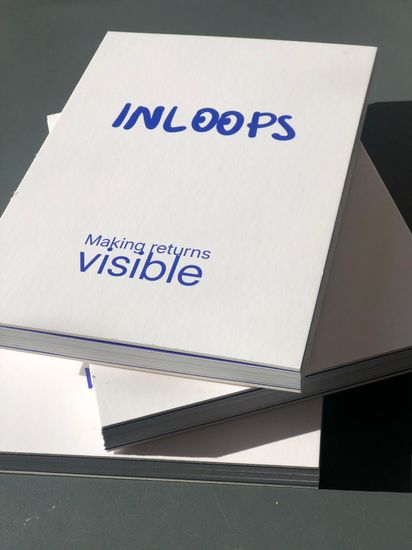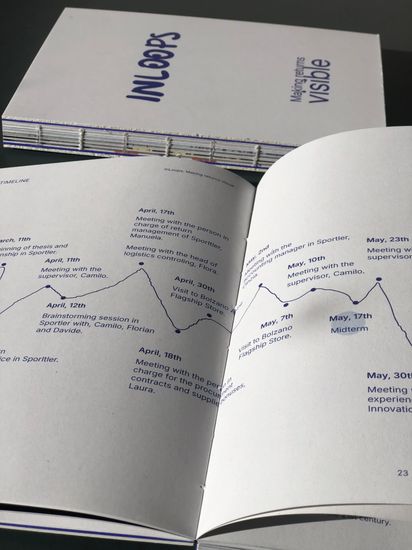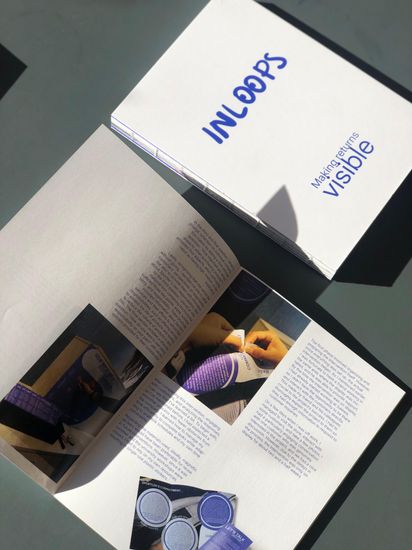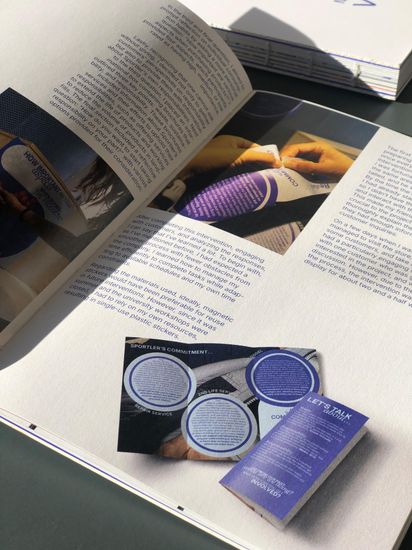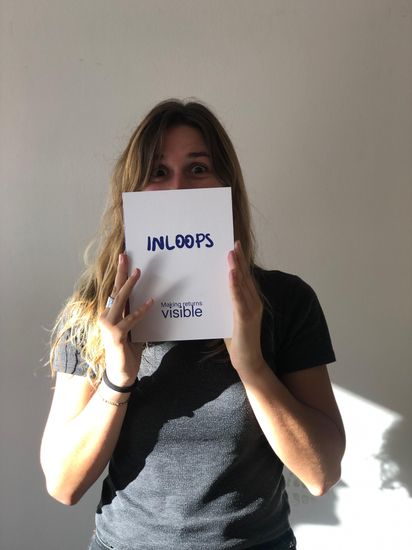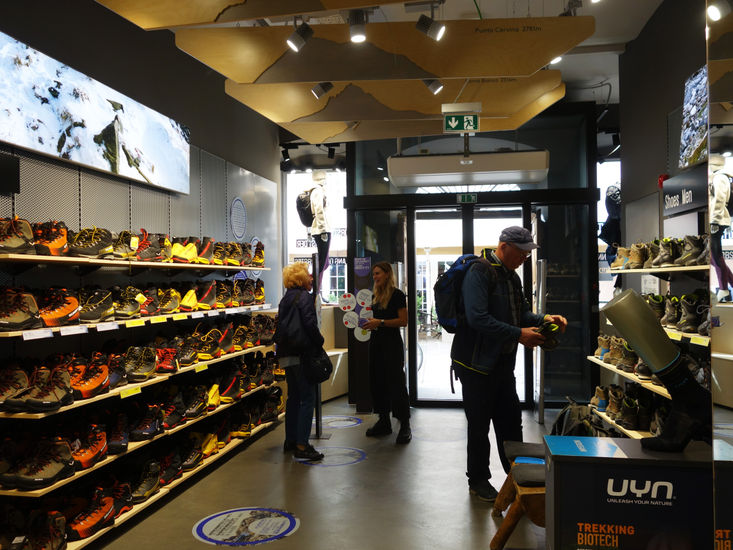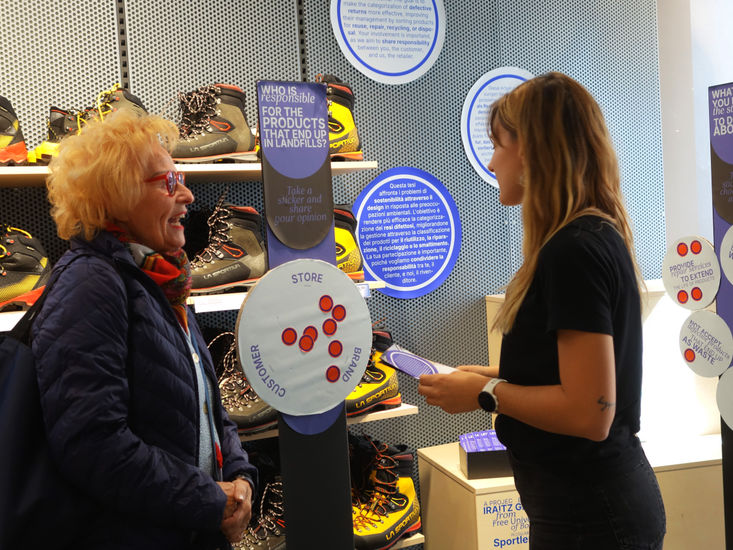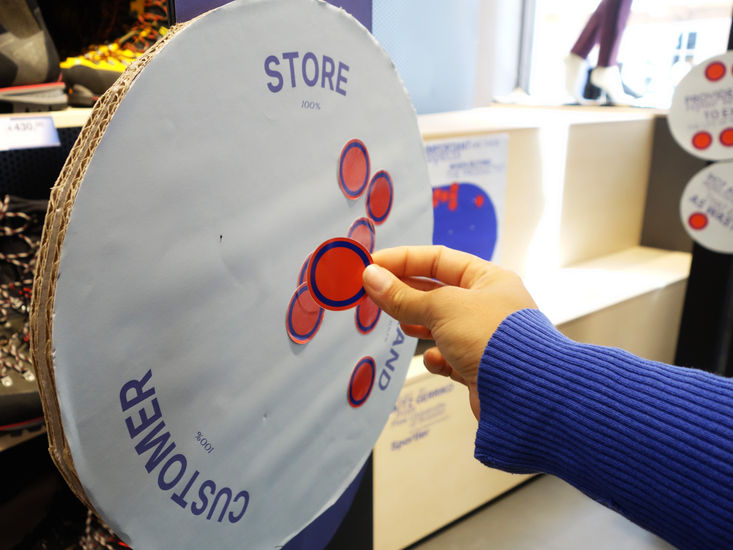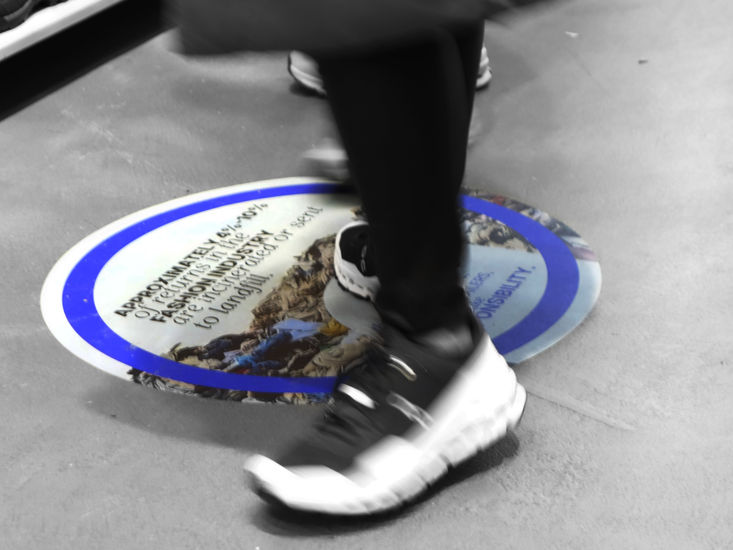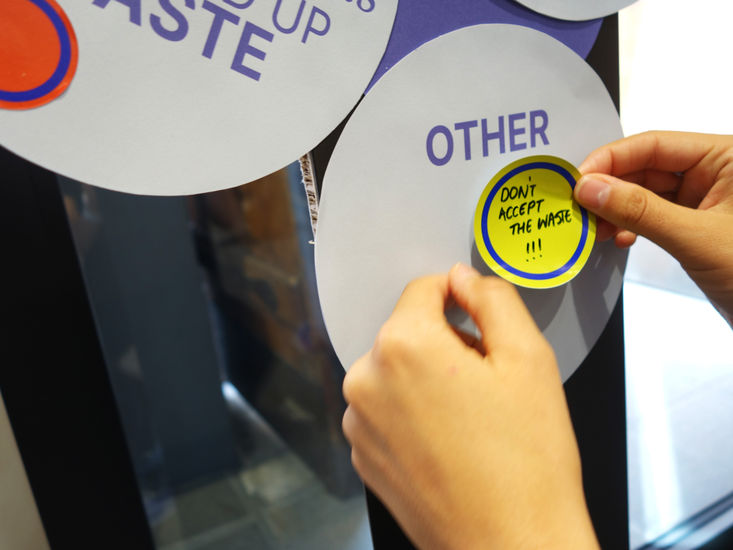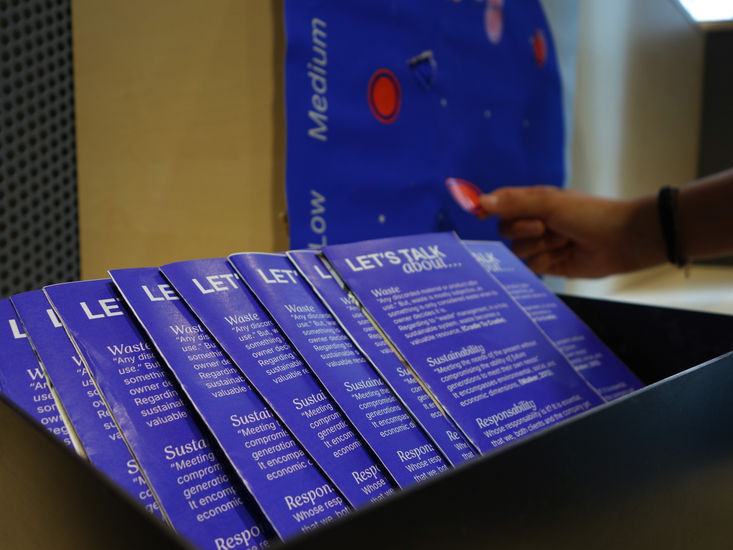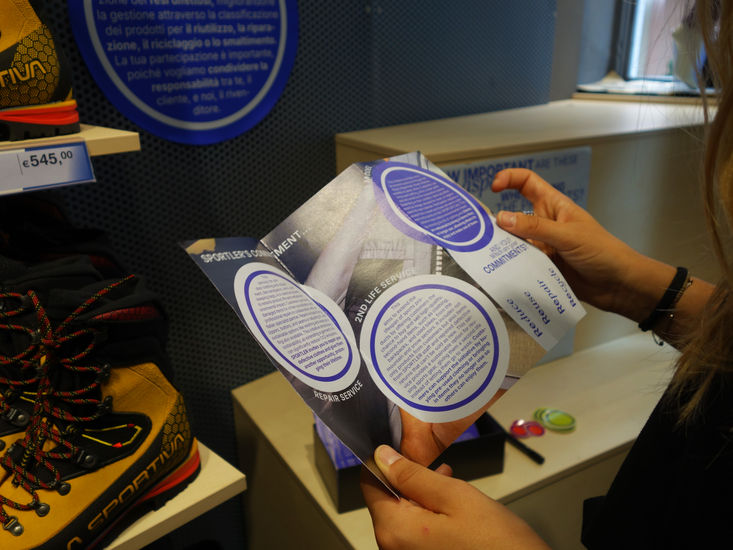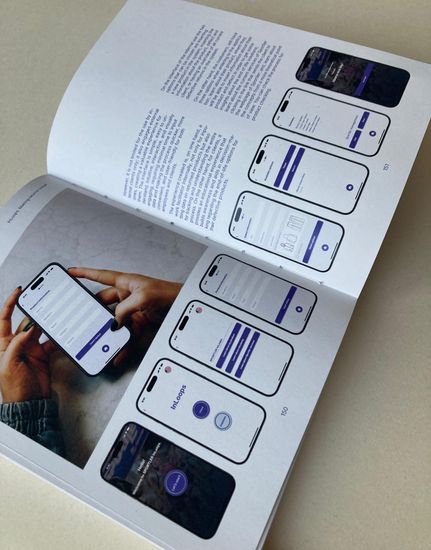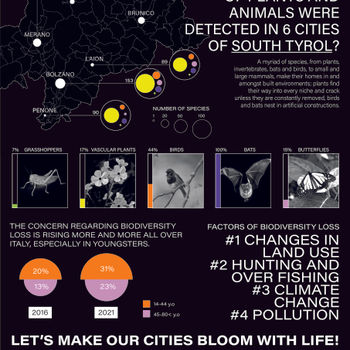Making returns visible, saving products from landfill: Discover how a circular approach to returns can transform the perception of waste into value, closing loops and driving a sustainable future.
InLoops: Making returns visible
Iraitz Gerriko Mujika
Thesis Overview
This project focuses on making returns visible through the design of a circular system that enhances the handling of defective product returns in the sports industry. Currently, many products with minor defects are disposed of as waste and sent to landfills. This initiative seeks to shift this paradigm by redefining the concept of waste, by reimagining returns as valuable resources, and creating a sustainable solution.
Making Returns Visible
The core of the project lies in the idea of enhancing visibility for defective returns. Instead of discarding products with minor, non-functional defects seen as waste, these products are redefined and given new life through a circular approach. By designing a system that tracks and manages returns more effectively, the project aims to prevent these items from ending up in landfills, extending their lifecycle and reducing environmental impact.
Innovative System Design
The proposed system introduces a redesigned returns process that connects both internal stakeholders and external customers to the returns through a comprehensive digital application. This channel facilitates users guidelines for decision making on the triage for end of life. The goal is to close the loop, preventing any product with minor defects from ending up in landfills, while maximizing its utility, value and lifespan with different circular strategies.
"This system challenges the traditional view of returns, turning them into opportunities for sustainability and reducing waste across the product lifecycle."
Collaboration with Sportler
Developed in a real context in partnership with Sportler, a key player in the sports industry in South Tyrol, Bolzano, the system targets local solutions while fostering a global movement toward waste reduction.

This picture is taken in the Headquarter of Sportler, where a woman called Manu works in the management of the defective returns. She makes decisions about their future and allocates them in different end of life options, such as, solidarity, repair, or in the worst case, landfill.

As a final outcome, a system, which makes the returns visible, has been designed. For visualization and presentation of it, an application design has been chosen as a channel, which can be seen in the picture.



